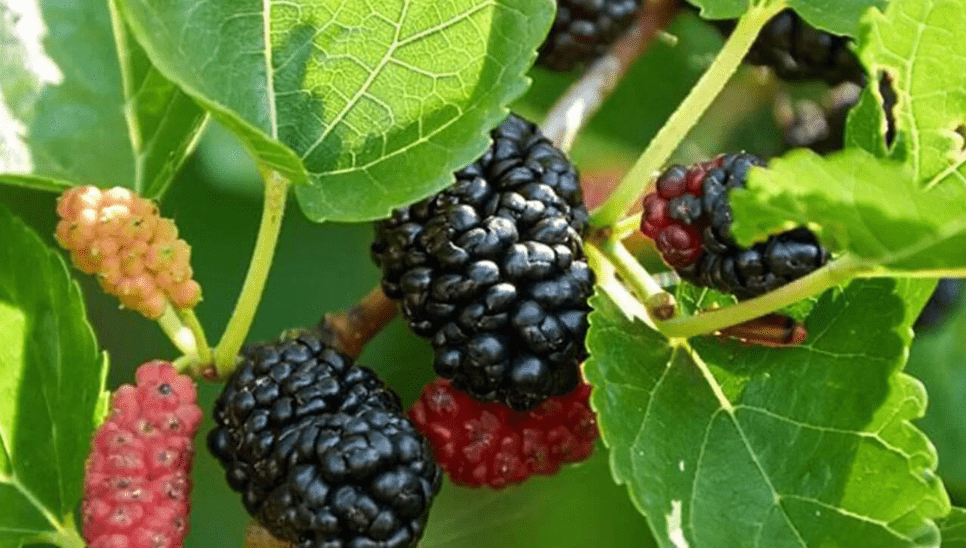
Growing Your Own Morus Nigra Mulberry Tree: A Gardener's Guide
Are you ready to take your gardening skills to the next level and grow your very own Morus Nigra Mulberry tree? This comprehensive guide will walk you through the step-by-step process of cultivating and caring for this beautiful and fruitful tree. Not only will you learn how to successfully grow your own Morus Nigra Mulberry tree, but you’ll also discover the many benefits of having this stunning tree in your garden. So if you’re ready to enhance your gardening experience and enjoy the delicious fruits of your labor, then keep reading to learn everything you need to know about growing your own Morus Nigra Mulberry tree.
Table of Contents
ToggleUnderstanding the Morus Nigra Mulberry Tree
A. Botanical characteristics
The Morus Nigra Mulberry tree is a stunning addition to any garden with its unique characteristics. The leaves of the Morus Nigra Mulberry tree are heart-shaped, and the fruit is a deep, rich purple color when ripe. This tree has a spreading canopy and can reach heights of up to 30 feet, making it a beautiful and eye-catching addition to any landscape.
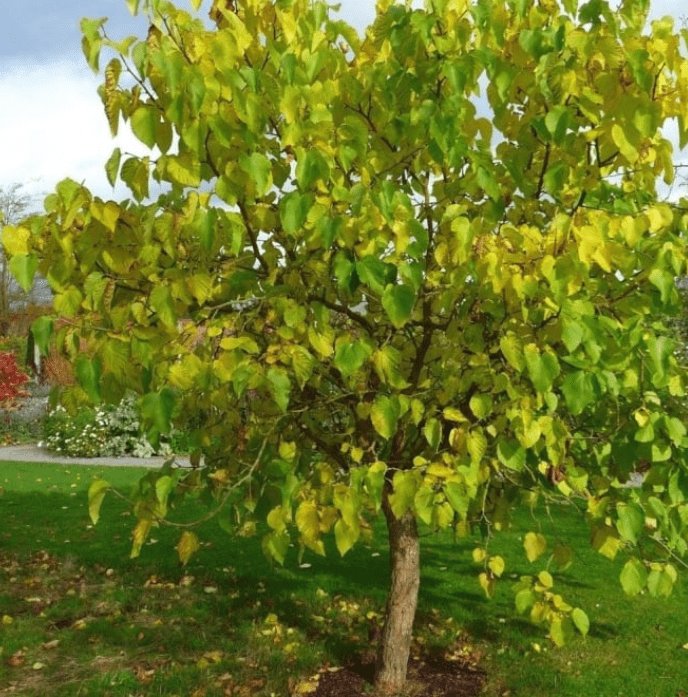
B. Ideal growing conditions
1. Soil type and pH
The Morus Nigra Mulberry tree thrives in well-draining, slightly acidic soil with a pH range of 5.5 to 6.5. Make sure to avoid compacted or waterlogged soil, as this can lead to root rot and other issues. Additionally, this tree prefers full sun but can tolerate some shade, making it adaptable to a variety of garden environments.
1. Climate and temperature requirements
The Morus Nigra Mulberry tree is incredibly resilient and can adapt to a wide range of climates and temperatures. It is tolerant of both heat and cold, making it suitable for a wide variety of growing conditions. Whether you live in a hot, sunny climate or a cooler, more temperate region, this tree will thrive and add beauty to your landscape.
Selecting and Purchasing Morus Nigra Mulberry Trees
A. Choosing the right variety
When selecting a Morus Nigra Mulberry tree, it’s important to consider the variety that best suits your needs. There are different cultivars of this tree, each with its own unique characteristics such as fruit size, flavor, and growth habit. Take the time to research and choose the variety that aligns with your preferences and the growing conditions of your garden. By selecting the right variety, you’ll ensure that your tree will thrive and provide you with delicious fruit for years to come.
B. Buying from a reputable nursery
It’s crucial to purchase your Morus Nigra Mulberry tree from a reputable nursery. Nurseries that specialize in fruit trees will have the expertise and knowledge to provide you with a healthy, well-cared-for tree. By investing in a quality tree from a reputable source, you’ll set yourself up for success and ensure that your tree gets off to a strong start in your garden.

C. What to look for in a healthy tree
When selecting a Morus Nigra Mulberry tree, it’s important to carefully inspect the tree to ensure it is healthy and well-suited for your garden. Look for a tree with strong, sturdy branches and a straight, central trunk. Avoid trees with signs of disease or damage, such as brown or yellowing leaves, visible pests, or any physical abnormalities. Additionally, consider the size of the tree in relation to the space you have available in your garden. By choosing a healthy, well-proportioned tree, you’ll give it the best chance to thrive and produce delicious fruit for years to come.
Planting Your Morus Nigra Mulberry Tree
A. Best time for planting
The best time to plant your Morus Nigra Mulberry tree is in the late fall or early spring when the weather is cool and the tree is dormant. This allows the tree to establish its roots before the heat of summer or the cold of winter. Avoid planting during extreme temperatures or periods of drought to ensure the tree has the best chance of survival.
B. Preparing the planting site
When preparing the planting site for your Morus Nigra Mulberry tree, make sure to choose a location with well-drained soil and full sunlight. The tree needs plenty of space to grow, so consider the size of the tree in relation to the space you have available in your garden. Take the time to dig a hole that is twice as wide and just as deep as the root ball of the tree, and be sure to loosen the soil at the bottom of the hole to encourage root growth.
C. Planting process
1. Steps to plant and initial care
First, carefully remove the tree from its container and gently loosen the roots before placing it in the hole. Make sure the tree is standing upright and fill the hole with a mixture of soil and compost, tamping it down to eliminate air pockets. Water the tree thoroughly, and add a layer of mulch around the base to help retain moisture. Regular watering and monitoring for pests and diseases will help your tree get established and thrive in its new home. Remember, the proper preparation and care during the planting process will greatly increase the chances of your Morus Nigra Mulberry tree’s success. So, take the time to give your tree the best start possible and enjoy the benefits of a healthy and beautiful addition to your landscape.
2. Space requirements and spacing guidelines
When it comes to planting trees, it’s important to consider the space requirements and spacing guidelines to ensure the health and growth of your trees. Make sure to research the specific space requirements for the type of tree you are planting and follow the recommended spacing guidelines to give your trees enough room to grow and thrive. Proper spacing will allow for adequate sunlight, airflow, and root expansion, ultimately promoting stronger and healthier trees. So, take the time to plan and space out your trees carefully to ensure their long-term success and contribute to a beautiful and sustainable landscape.
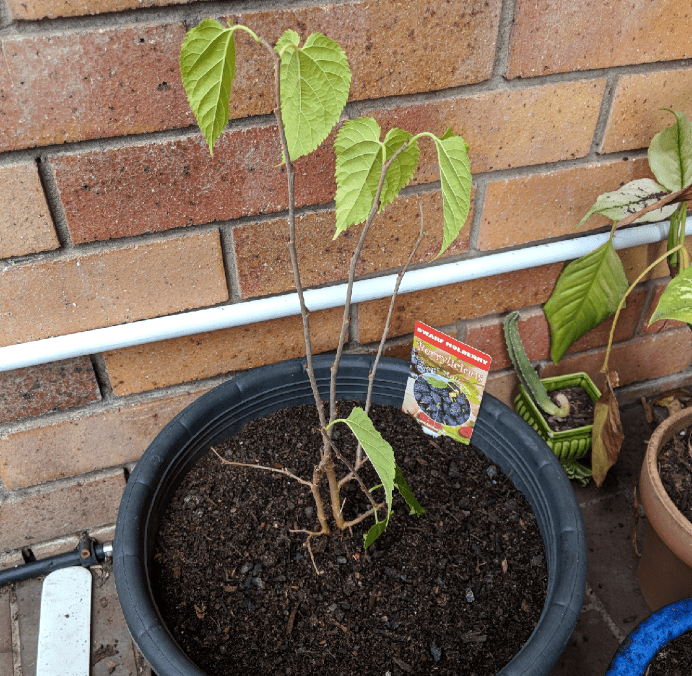
Care and Maintenance
A. Watering requirements
As with any living thing, proper care and maintenance are essential for the health and well-being of your trees. When it comes to watering, it’s crucial to provide your trees with the right amount of moisture to support their growth and development. Be sure to water your trees regularly, especially during dry periods, and adjust your watering schedule based on the specific needs of your trees and the environmental conditions in your area. Overwatering can be just as harmful as underwatering, so it’s important to find the right balance. By taking the time to understand and meet the watering requirements of your trees, you can help them thrive and contribute to a vibrant and flourishing landscape. So, prioritize proper watering as part of your tree care routine and watch your trees flourish.
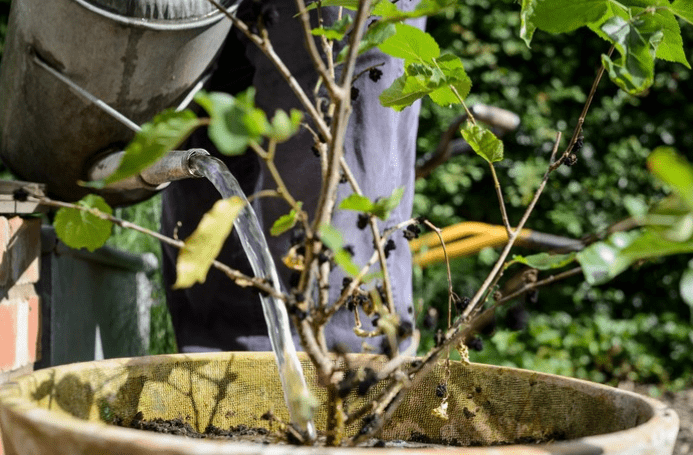
B. Fertilizing
Fertilizing your trees is a crucial step in ensuring their health and longevity. Just like we need proper nutrition to thrive, trees require essential nutrients to support their growth and overall well-being. By providing the right fertilization, you can help your trees develop strong roots, vibrant foliage, and resistance to diseases and pests.
It’s important to use the right type of fertilizer and apply it at the appropriate time to maximize its benefits. Take the time to understand the specific nutritional needs of your trees and choose a quality fertilizer that meets those requirements. Proper fertilization can make a world of difference in the health and appearance of your trees, so don’t overlook this important aspect of tree care.
Incorporate fertilizing into your tree care routine and give your trees the nutrients they need to thrive. With the right fertilization, you can enjoy a lush and beautiful landscape that enhances the overall beauty of your property. So, make it a priority to fertilize your trees and reap the rewards of healthy, flourishing trees.
C. Pruning and training
Pruning and training are also crucial factors in maintaining the health and beauty of your trees. By regularly pruning and training your trees, you can ensure proper growth, shape, and structure. This not only improves the overall appearance of your trees but also reduces the risk of disease and pest infestations.
Proper pruning and training can also help your trees withstand harsh weather conditions and environmental stressors. By removing dead or damaged branches and shaping the tree’s canopy, you can promote better air circulation and sunlight exposure, leading to healthier and stronger trees.
So, don’t underestimate the importance of pruning and training. Incorporate these practices into your tree care routine to maintain the health, beauty, and longevity of your trees. With regular maintenance and attention to detail, you can enjoy a vibrant and thriving tree landscape that adds value and beauty to your property.
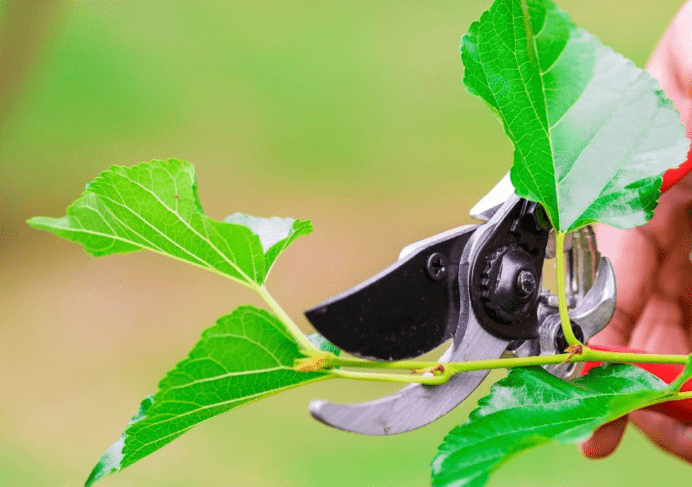
D. Pest and disease management
1. Common issues and organic solutions
Pest and disease management is crucial for maintaining the health and longevity of your trees. Common issues such as aphids, scale insects, and fungal diseases can wreak havoc on your trees if left untreated. But fear not, there are plenty of organic solutions available to combat these issues. From beneficial insects to natural sprays and oils, there are plenty of options to keep your trees free from pests and diseases without harmful chemicals.
It’s important to stay proactive and monitor your trees regularly for any signs of pest or disease infestations. By catching the problem early, you can prevent it from spreading and causing extensive damage to your trees. Incorporating organic pest and disease management into your tree care routine will not only protect your trees, but it will also help to maintain a healthy and balanced ecosystem in your landscape.
So, don’t wait until it’s too late. Take the proactive approach and implement organic solutions for pest and disease management to ensure the health and vitality of your trees for years to come. Your trees will thank you, and your landscape will thrive with a little extra care and attention.
Harvesting and Using Morus Nigra Mulberries
A. When to harvest
The best time to harvest mulberries is when they are fully ripe and have turned dark purple or black in color. Don’t miss out on the peak flavor and sweetness by picking them too early. Take advantage of the delicious and nutritious benefits of these fruits by picking them at the right time. So, when they’re ready, grab your basket and start picking those ripe mulberries to savor and share with others. Enjoy the satisfaction of harvesting and enjoying the fruits of your labor!
B. Methods for harvesting
There are a few different methods for harvesting mulberries, but the most common is simply picking the ripe berries by hand. Gently grasp the berry between your thumb and forefinger, and give it a slight twist to release it from the stem. Another method is to lay a tarp or sheet underneath the tree and shake the branches to dislodge the ripe berries, allowing them to fall onto the tarp for easy collection. Whichever method you choose, make sure to handle the berries carefully to avoid bruising and damaging the delicate fruit.

C. Using Mulberries
Once you’ve harvested your ripe mulberries, there are so many delicious ways to enjoy them! You can simply eat them fresh, add them to your morning cereal or yogurt, bake them into pies or tarts, or turn them into jams and preserves to enjoy all year round. You can even dry them to create tasty mulberry snacks. With their sweet and tangy flavor, mulberries are a versatile and nutritious fruit that can be enjoyed in countless ways. So, go ahead and get creative with your mulberry harvest and savor the delicious rewards!
Common Challenges and Solutions
A. Problems with growth and development
If you’re experiencing problems with the growth and development of your mulberries, don’t worry! There are several solutions to common challenges. Make sure your mulberry trees are getting enough sunlight and water, as these are essential for healthy growth. Consider adding fertilizer to the soil to provide the necessary nutrients for optimal development. Pruning can also help maintain the shape and health of your mulberry trees. By addressing these challenges, you can ensure a bountiful harvest of delicious mulberries. So don’t give up – with a little care and attention, you can overcome any growth and development issues and enjoy the abundant rewards of your mulberry trees.
B. Dealing with environmental stressors
You absolutely can’t give up on your mulberry trees! They have so much potential for healthy growth and a productive harvest. All you need to do is make sure they’re getting the sunlight and water they need, and consider adding some fertilizer to the soil for an extra boost. And don’t forget about pruning – it’s a simple way to keep your trees in top shape.
By taking these steps, you can conquer any environmental stressors that come your way and set your mulberry trees up for success. So roll up your sleeves and give them the care and attention they deserve. Before you know it, you’ll be enjoying a bounty of delicious mulberries, and all your hard work will have paid off. You’ve got this!
In conclusion, growing your own Morus Nigra Mulberry tree can be a rewarding and fruitful experience. Not only will you be able to enjoy the delicious fruits it produces, but you’ll also be contributing to the beauty and diversity of your garden. With the right care and attention, you can watch your tree thrive and flourish, providing you with an abundance of tasty mulberries for years to come. So why not give it a try and start growing your own Morus Nigra Mulberry tree today? Happy gardening!
Frequently Asked Questions (FAQs)
It typically takes about 3-5 years for a Morus Nigra Mulberry tree to start producing fruit.
Morus Nigra Mulberry trees prefer well-drained, fertile soil with a slightly acidic pH level.
Morus Nigra Mulberry trees thrive in full sun, so it’s best to plant them in a location that receives at least 6-8 hours of sunlight per day.
It’s important to water your Morus Nigra Mulberry tree regularly, especially during dry periods. However, be careful not to overwater, as this can lead to root rot.
Morus Nigra Mulberries are relatively low-maintenance and can be easy to grow, especially if you provide them with the right growing conditions.
Yes, Morus Nigra Mulberry trees can be grown in containers, but it’s important to choose a large enough container and provide proper drainage.
Morus Nigra Mulberries can be susceptible to pests such as aphids and spider mites, as well as diseases like powdery mildew. Regular inspection and proper care can help prevent and manage these issues.
It’s best to prune a Morus Nigra Mulberry tree in late winter or early spring while it is still dormant. Remove any dead or diseased branches, as well as any crossing or overcrowded branches to promote healthy growth and fruit production.
